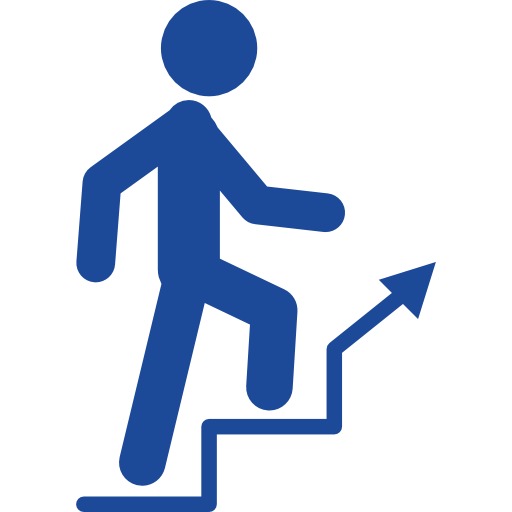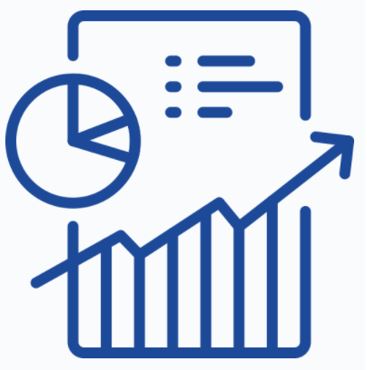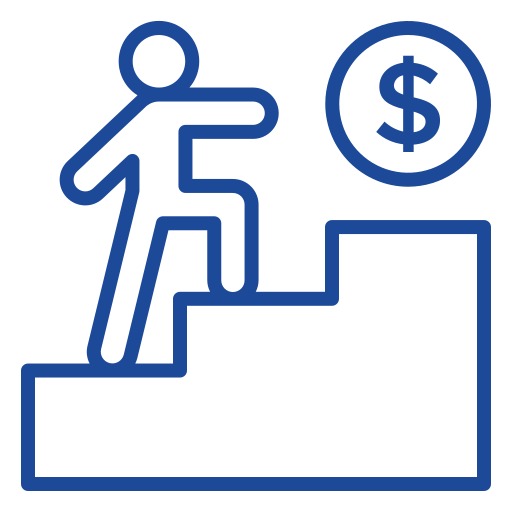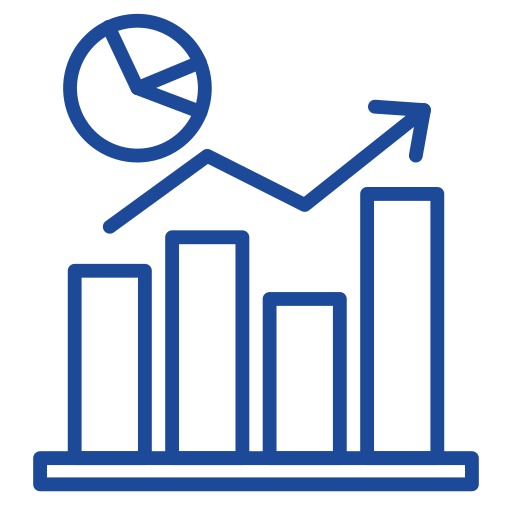Types of Volatility
You are surely quite familiar with the term "volatility" as it is one of the most important descriptive characteristics of the market. In the presence of market turmoil, people talk about high volatility. On the other hand, when the market is calm, it is usually characterised as exhibiting low volatility. You may also know that some trading strategies are based on volatility and that funds with massive endowments have sizable investments in volatility trades. Moreover, volatility is a very important parameter in Option Pricing Models and, hence, volatility moves directly impact derivatives. For sure you are well aware that both derivatives and enormous fund investments can move the market especially when something goes wrong. Therefore, it is quite essential to understand volatility. However, what is volatility really and how is it measured? You may (or may not!) be well aware that there is no one consolidated volatility measure and that, in fact, there are several types of volatility. In this section, we will describe some of the most widespread types of volatility.
Actual Volatility
- It is a measure of the actual amount of randomness associated with an asset’s return.
- It exists at an instant (no time-frame) so it is difficult to measure.
Historical Volatility
- It is a measure of the amount of randomness
over a particular period of time in the past.
- There are various mathematical methods for calculating it.
- It is sometimes used as a forecast for future
volatility.
- There are two timescales associated with it:
long and short.
Realised Volatility
- It is a measure of the actual volatility that
prevailed over the lifetime of a particular option.
- There are two timescales associated with it:
long and short.
Implied Volatility
- It is calculated as an output of the OPM whereby the market price of the option serves as an input.
- It is perceived as the market’s view of future actual volatility over the lifetime of a particular option.
- It is also influenced by supply and demand.
- There is only one timescale associated with implied volatility: expiration.
- It varies between strikes and expirations.
- Put-Call parity implies that puts and calls with same strike and expiration must have the same implied volatility.
Forward Volatility
- It can be any of the above types of volatility but it has to be associated with a period in the future.
- It can be associated with either a time instant or a future period.
Measures of Historical Volatility
Historical volatility measures dispersion of returns based on historical prices. In fact, there are several such measures, of which we will list few, that use different types of prices to measure volatility. These measures usually return daily volatility. To annualise it, you need to multiply it by the square root of 252 (number of business days a year), such that

Close-to-Close Standard Deviation
\(\sigma_i = \sqrt{\frac{\sum_{i=1}^n (C_i - \bar C)^2}{n-1}}\)
where \(\sigma_i = \) standard deviation
\(C_i = \) closing price (Close) i
\(\bar C = \) average closing price (Close) over \(n\) observations
\(n = \) number of observations

Parkinson High-Low Estimator
\(\sigma_p = \sqrt{\frac{1}{4n
\ln (2)} \sum_{i=1}^n [\ln (H_i) - \ln (L_i)]^2}\)
where \(\sigma_p = \) standard deviation
\(H_i = \) High price (High) i
\(L_i = \) Low price (Low)
\(n = \) number of observations

Garman-Klass Open-High-Low-Close Estimator
where
GARCH Process
GARCH stands for generalised autoregressive conditional heteroskedasticity and it is another approach to estimate historical volatility. As the name implies, it is a generalisation of an ARCH process, which is a type of conditional variance, time series methods. These are beyond the scope of this website but they are popular models and there is a wealth of literature about them out there.
More On Implied Volatility
There is no one implied volatility number that is associated with one stock like historical volatility is. Whilst historical volatility more or less depends on the dispersion of returns or prices, irrespective of which type of price you are using, implied volatility depends on option prices; each option price is associated with one strike and one expiration, amongst other parameters, and I am sure you are beginning to see the complexity! In the below section, we will discuss why implied volatility varies and how it does so.
Reasons why implied volatility may vary
- Transaction costs, hedging costs.
- Uncertainty in volatility, dividends.
- Feedback, market manipulation, supply and demand, illiquidity.
- Market jumps, crashes, discontinuous asset paths, discrete price effects.
- Discrete hedging effects.
How implied volatility varies with strike and expiration
Volatility term-structure
- Implied volatility varies with expiry; Time-dependent, deterministic
(actual) volatility
σ(t) . - It shows how actual volatility varies over calendar time but, in practice, we can only observe the implied and, not the actual, volatility.
- To represent time-dependent volatility in the option pricing model (OPM),
σ will be substituted by
where is the actual volatility.
- Calibration or fitting: set the implied volatility in the OPM to the above time-dependent volatility such that the model option value is matched to the market. Solving the integral, we get
where
- Therefore, the term structure of implied volatility can be linked to the term structure of actual volatility.
- The square of implied volatility equals the average square of actual volatility between now and time t.
- The curve can be assumed piece-wise constant so linear interpolation can be used.
Volatility smiles and skews
- Implied volatility varies according to strike, which can result in a smile, skew or frown.
- Smile: OTM implied volatility is highest, followed by ATM and followed by ITM.
- Skew: considerable symmetry shows.
- Frown: upside down pattern is shown.
- The general shape tends to persist for a while given a particular underlying
- Local volatility surface: varies with strike and time.
Volatility Indicators
True Range and Average True Range
Definition
- It is an indicator that measures volatility.
- It is not an indicator of price direction.
- It is particularly useful if there is very high volatility or frequent gap and limit moves.
- In this case, it may be a better measure than the high-low measure.
- It quantifies the degree of interest or disinterest in a move.
- It is the average of the true range over a period of time (a set of 9-14 observations is good).
- It can be calculated on intraday, daily, weekly or monthly basis.
Formulae and Computation
- The first TR is equal to (Current High – Current Low)
- True Range (TR) = Max of
- Current High – Current Low
- ABS(Current High - Previous Close)
- ABS(Current Low – Previous Close)
- The first ATR is the arithmetic average of TR for the period
- Current ATR = (Prior ATR * 13 + Current TR) / 14
Bollinger Bands
- Bollinger Bands are volatility indicators.
- They form a channel in which the width changes with volatility.
- They are made up of a lower band, an N-period moving average (MA) and an upper band.
- The upper and lower bands are X (usually 2) standard deviations away from the moving average (usually 21): (MA + Xs) and (MA – Xs) respectively.
- E.g., if it is 2, then 95% of price action will take place within the bands.
- When the volatility increases, the width of the bands expands.
- They can be used as momentum indicators or overbought/oversold indicators.

FAQs
Do you have a question on volatility or on how it is measured? Check out the answers to some popular questions below. Alternatively, write to us!
Can I use volatility to build trading strategies?
Yes, you can. Bollinger bands are frequently used by traders. You can also set your buying and selling points based on a rise or fall in volatility. Moreover, the concept of volatility is extremely important in option pricing and trading.
Do I still need to understand volatility even if I am not using it in my trading strategies?
It is highly advisable that you do so. In general, a higher volatility is synonymous with higher risk and you absolutely need to understand the risk you are assuming before setting up a trade! Volatility is also important as a gauge of crowd psychology, for example, an usually high volatility can indicate increased fear in the market that can trigger a fight-or-flight response leading to a possible sharp correction or a crash.
Before You Go...

Beginning Trader
Actually, I would like to refresh on trading essentials. Please take me back to the basics! I would like to start from the very beginning.

Expert Trader
I am quite comfortable with the concept of volatility. But I would like to explore other important concepts in trading.

Technical Analysis
A bit rusty on Technical Analysis? Not to worry, we have dedicated many pages that explain Technical Analysis in depth.